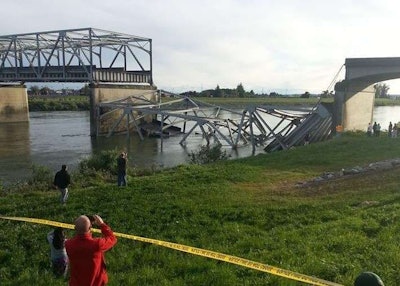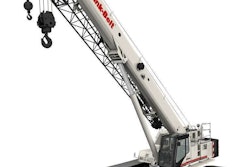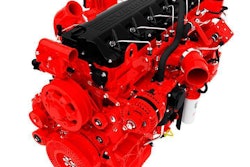 The partial collapse of a bridge over the Skagit River on Interstate 5 in Washington turned attention to the need for infrastructure funding.
The partial collapse of a bridge over the Skagit River on Interstate 5 in Washington turned attention to the need for infrastructure funding.A recent report from the Associated Press analyzing the 607,380 bridges in the most recent federal National Bridge Inventory found that 7,795, 1.2 percent, of them are both structurally deficient and fracture critical.
Structurally deficient bridges are those in need of repair or replacing because one of its components has advanced deterioration. Fracture critical bridges are at risk of collapse if one vital component fails because they lack redundant protection. The AP report focused on bridges that meet both descriptions.
The report notes that neither type of bridge or those that meet both classifications are “about to collapse.” However, when it comes to a fracture critical bridge, like the Interstate 5 bridge over the Skagit River, all it takes is one unanticipated event to cause a collapse.
Plus, many of the bridges the AP report focused on have outlived their lifespan, which is usually about 50 years. And many of these bridges are carrying more traffic on a daily basis than they were designed to handle.
Peter Vanderzee, the CEO of Lifespan Technologies in Alpharetta, Georgia, compared the deterioration of steel bridges to a paper clip that has been bent open and closed until it breaks. “In a bridge system, it may take millions of cycles before it breaks,” Vanderzee told the AP. “But many of these bridges have seen millions of cycles of loading and unloading.”
States want to fix the problem, but most of them simply don’t have the funding to update or replace bridges. The AP report found that northeastern states are facing a particularly difficult challenge since bridges there are much older an the weather conditions are much harsher due to frequent freeze-thaw cycles.









